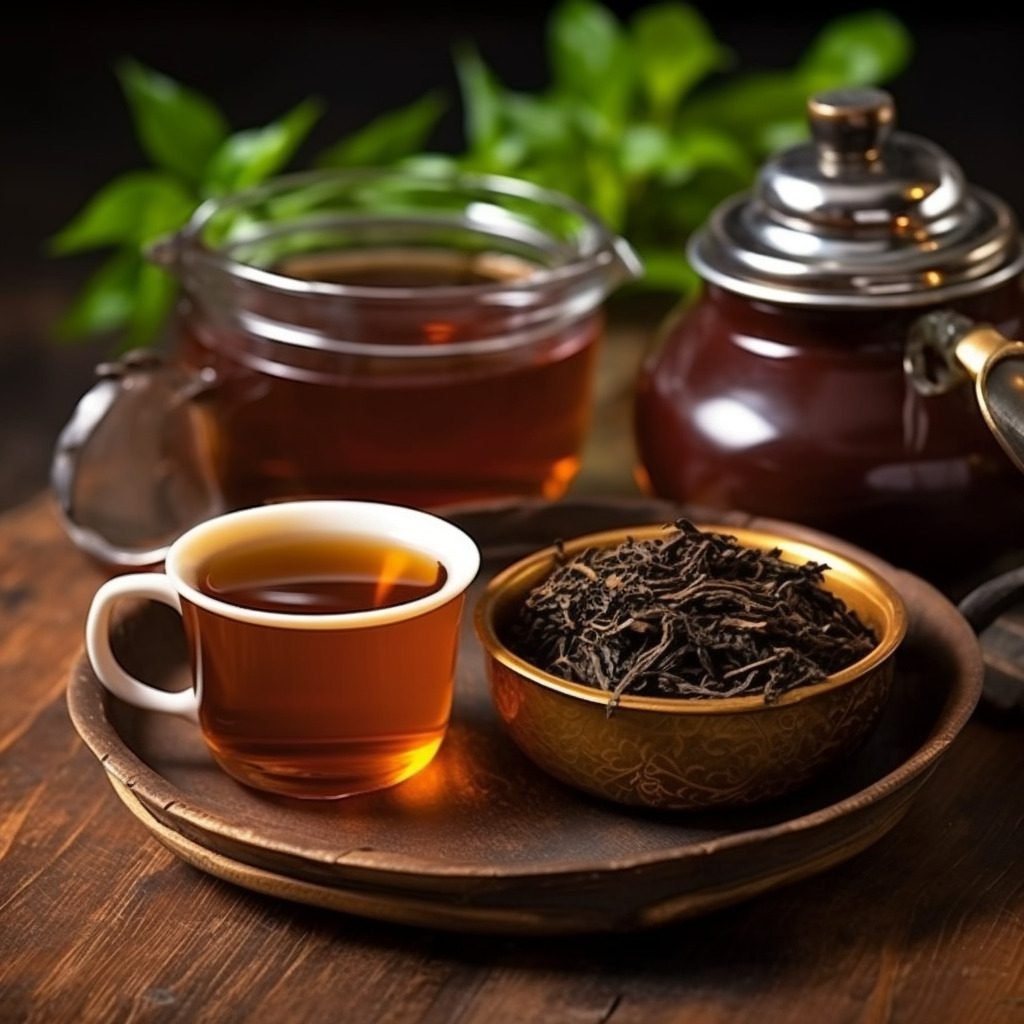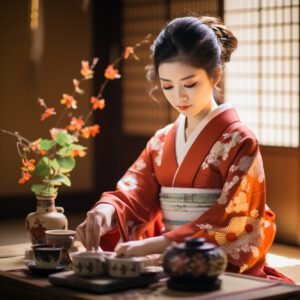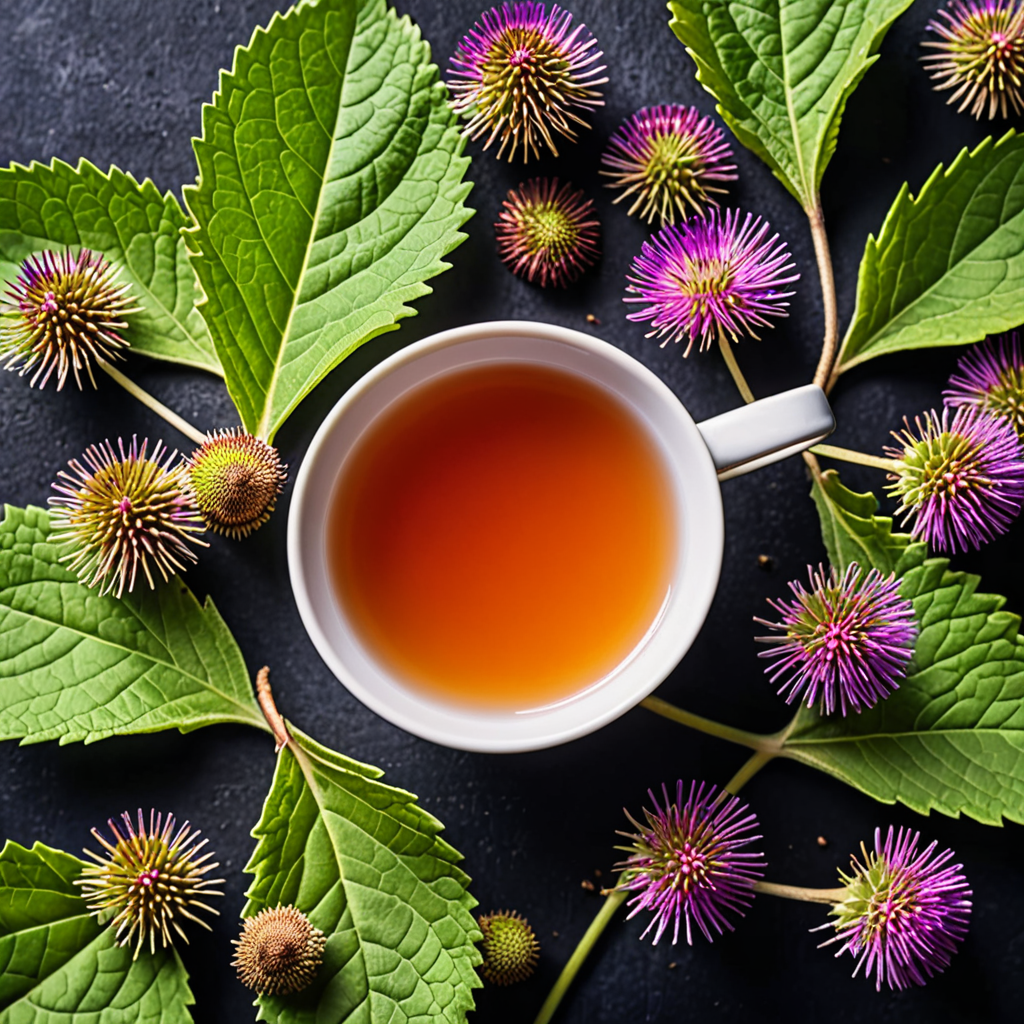Experience the Finest Quality of Darjeeling Tea Estates
Darjeeling Tea Estates are renowned worldwide for producing some of the most exquisite and sought-after teas. Nestled in the foothills of the Himalayas in West Bengal, India, these estates offer a unique combination of terroir, climate, and traditional tea-making techniques that create teas with unparalleled flavors and aromas. In this article, we will explore the key elements of Darjeeling Tea Estates, provide tips for selecting and enjoying their teas, and answer some frequently asked questions about these remarkable tea gardens.
Key Elements of Darjeeling Tea Estates
- Geographical Advantage: The geographical location of Darjeeling Tea Estates plays a significant role in the tea’s exceptional quality. The high altitude, varying temperatures, abundant rainfall, and misty climate provide optimal conditions for cultivating tea plants.
Unique Terroir: The soil composition and topography of the region contribute to the distinctive taste and character of Darjeeling teas. The combination of rich, well-drained, and mineral-rich soil, along with the perfect balance of sunlight and shade, creates a unique flavor profile.
Tea Cultivars: Darjeeling Tea Estates primarily cultivate the Camellia sinensis var. sinensis and Camellia sinensis var. assamica tea cultivars. These cultivars, along with the specific clones developed over the years, contribute to the distinct flavors and aromas found in Darjeeling teas.
Plucking and Processing: Darjeeling teas are hand-plucked with great care to ensure only the two youngest leaves and a bud are harvested. The processing methods, including withering, rolling, oxidation, and firing, are meticulously followed to bring out the delicate flavors and aromas.
Tea Gardens: Darjeeling Tea Estates are often named after the gardens they encompass, such as Makaibari, Jungpana, and Glenburn. Each garden has its own unique characteristics, including elevation, microclimate, and tea bushes, resulting in teas with distinct flavor profiles.
Tips for Darjeeling Tea Estates
Taste: Darjeeling teas are celebrated for their delicate yet complex flavors. They often exhibit floral notes, muscatel character, and a subtle astringency. To fully appreciate the nuances, avoid adding milk or sugar and steep the tea for 3-4 minutes in water heated to around 85°C (185°F).
Price: High-quality Darjeeling teas can be quite expensive due to their limited production and high demand. However, there are various grades available at different price points. Consider trying different flushes (first, second, autumn) and grades (FTGFOP1, SFTGFOP, TGFOP) to find the best one that suits your taste and budget.
Availability: Darjeeling teas are harvested in different flushes throughout the year, with the first flush (spring) being the most prized. It’s essential to plan your purchase and order teas during these specific periods to ensure you can enjoy the freshest and finest Darjeeling teas.
Authenticity: Look for teas that are sourced directly from Darjeeling Tea Estates or reputable sellers who have established relationships with these estates. This ensures that you are getting authentic Darjeeling teas, as there have been instances of counterfeit teas claiming to be from Darjeeling.
Incorporating Darjeeling Tea Estates
Explore Different Flushes: Darjeeling teas vary significantly across different flushes. The first flush offers delicate and floral flavors, while the second flush tends to have more muscatel notes. The autumn flush brings a unique complexity. Experimenting with teas from different flushes allows you to experience the full range of flavors Darjeeling has to offer.
Tea Pairings: Darjeeling teas pair wonderfully with a range of foods. The floral and muscatel flavors complement light pastries, scones, and mild cheeses. For a heartier pairing, try Darjeeling with roasted chicken or white fish dishes. Additionally, Darjeeling’s delicate nature makes it an excellent choice for afternoon tea.
Tea Tourism: If you have the opportunity, consider visiting Darjeeling Tea Estates. Many of them offer guided tours, where you can witness the tea-making process firsthand, explore the lush tea gardens, and even participate in tea tasting sessions. It’s a chance to deepen your understanding and appreciation of Darjeeling teas.
FAQ about Darjeeling Tea Estates
Q: Is Darjeeling tea the same as black tea?
A: Darjeeling teas can be classified as black, green, or oolong teas, depending on their level of oxidation. However, the majority of Darjeeling teas are black teas, celebrated for their unique and nuanced flavors.
Q: Are Darjeeling teas organic?
A: Many Darjeeling Tea Estates follow organic and sustainable farming practices. Look for certifications like USDA Organic or EU Organic to ensure that the tea you purchase is sourced from such estates.
Q: How should I store Darjeeling tea?
A: To maintain the freshness and flavors of Darjeeling teas, it is crucial to store them properly. Keep the tea leaves in an airtight container away from direct sunlight, moisture, heat, and strong odors. Additionally, avoid storing the tea leaves near spices or coffee, as they can absorb their aromas.
In conclusion, Darjeeling Tea Estates offer a remarkable experience for tea enthusiasts. With their unique terroir, careful cultivation, and meticulous processing, these estates produce teas that are treasured for their delicate flavors and aromas. By following the tips provided and exploring the diverse flushes and grades available, you can embark on a delightful journey through the world of Darjeeling teas.



